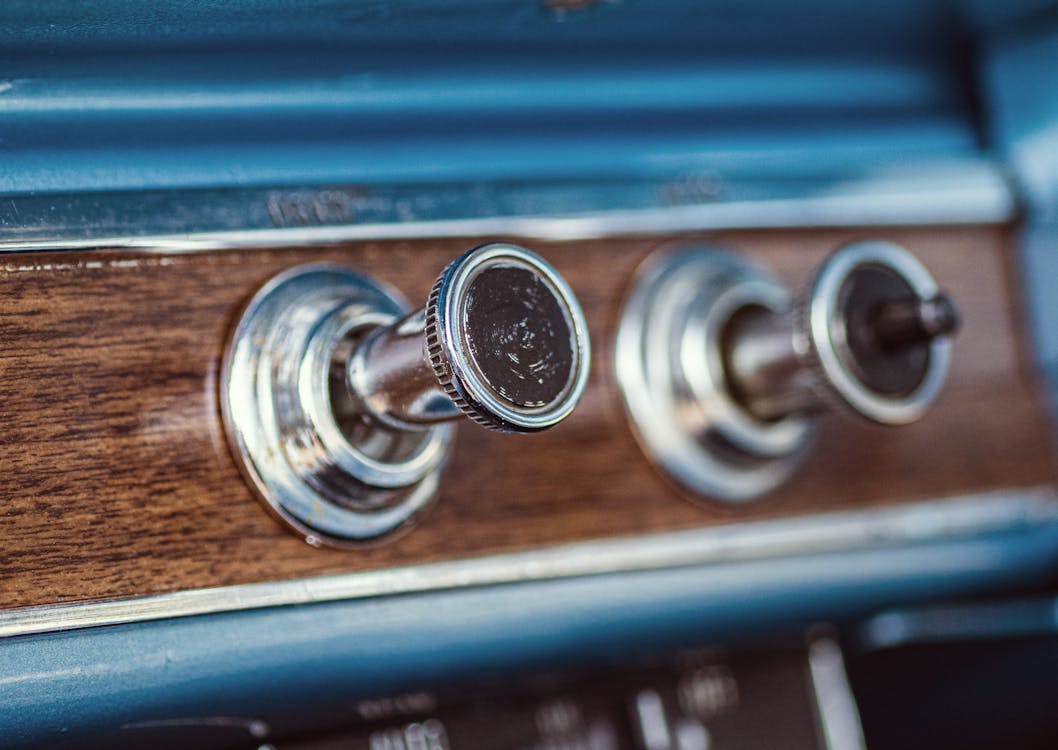Why Buttons Are a Sensible Choice for Drivers
Why Buttons Are a Sensible Choice for Drivers
Blog Article

For the past years, auto insides have been rapidly advancing toward sleek, screen-dominated control panels. Touchscreens replaced standard knobs, sliders, and buttons in what several thought was the unavoidable march of progression. Yet, in an unanticipated spin, physical switches are quietly making their back right into modern-day automobiles. The change signals more than just a classic nod-- it's an action to real-world responses from motorists craving simpleness, security, and tactile fulfillment.
The Digital Overload Dilemma
When touchscreens first started taking control of dashboards, they seemed like the future: tidy, adjustable, and filled with features. They got rid of clutter and allowed automakers to simplify their interiors with fewer physical elements. Yet as more features were hidden within electronic menus, drivers started to articulate concerns.
Touchscreens frequently require numerous actions to do basic tasks like readjusting the environment or transforming the radio station. Unlike switches, they lack the intuitive muscular tissue memory that permits a motorist to transform a setting without taking their eyes off the road. With so much taking place on-screen, it comes to be all also easy to obtain distracted-- something no person desires when traveling at highway rates.
The Return of Tactile Functionality
One of the largest benefits of buttons is their tactile feedback. You can feel them without needing to look. This sensory reinforcement makes them not just hassle-free yet much safer for motorists. When your hand instinctively recognizes where the quantity handle is or exactly how far to push a switch to trigger the defrost, it minimizes the requirement to glimpse down or away from the roadway. And while touchscreens provide ease for infotainment and navigating, the essential day-to-day functions-- like hazard lights, audio controls, and HVAC-- feel much better suited to physical controls.
In fact, lots of chauffeurs who formerly swore by electronic systems have actually revealed appreciation for newer versions that blend modern-day appearances with the functional feel of traditional controls. It's not regarding rejecting advancement-- it's concerning boosting usability.
A Balanced Design Philosophy
Developers have paid attention to this moving view. As opposed to abandoning screens, they're reconsidering exactly how they're incorporated. The most effective insides currently strike a balance in between digital versatility and analog accuracy. That implies tactically placing buttons for crucial functions while using digital user interfaces for applications, navigating, and media.
This hybrid this page method is specifically prominent in automobiles made for long-distance driving or families. The simplicity of pressing a switch without fumbling with a menu makes a big distinction when you're attempting to remain concentrated, comfortable, and secure. Even in cars recognized for sophisticated technology, a basic rotary dial or responsive control can be the function that wins over chauffeurs looking for thoughtful style.
Buttons and the Emotional Connection
There's also something distinctly emotional about buttons. They bring a certain level of interaction that touchscreens simply do not duplicate. Pressing a switch or transforming a dial feels like you're physically communicating with your automobile-- it adds a layer of connection that makes the driving experience more delightful.
For those taking into consideration used Chevy cars, vehicles from current years typically supply the very best of both globes: responsive touch user interfaces paired with traditional physical controls. These designs bridge the gap between technology and familiarity, making them ideal for vehicle drivers that value modern attributes without sacrificing simplicity of use.
Technology Isn't Just About Screens
It's very easy to merge technology with screens, yet true innovation implies enhancing the motorist experience. In this light, switches are a type of smart design. They're quickly, accurate, and don't require focus. As automobile design becomes progressively driver-centric, benefit and intuitiveness take spotlight.
This also connections directly into the resale and trade-in value of lorries. Vehicles that focus on easy to use attributes have a tendency to age better in the eyes of future buyers. If you're taking into consideration a Chevrolet trade in, knowing that your current vehicle supplies a thoughtfully designed interior, full with conveniently available controls, can have a favorable effect.
The Future Is Functional
As auto makers re-evaluate the role of user interfaces in the cabin, they're guided by vehicle driver feedback and real-world functionality research studies. The rebirth of switches does not signify a return to the past-- it's an advance in thoughtful, user-first layout. It acknowledges that development does not constantly suggest eliminating the old however incorporating it in a way that makes driving safer, less complex, and much more satisfying.
If you're in the marketplace and discovering Chevy new car deals, keep an eye on how various models manage their indoor controls. It's not practically the touchscreen size-- it's about just how the lorry assists you remain focused on the road while making your day-to-day commute a lot more instinctive. Buttons might not be the flashiest attribute, yet they're promptly becoming one of the most valued.
For even more insights right into auto patterns, interior design developments, and smart car purchasing ideas, make sure to check back routinely. We're always upgrading the blog with fresh concepts to assist you navigate the roadway ahead.